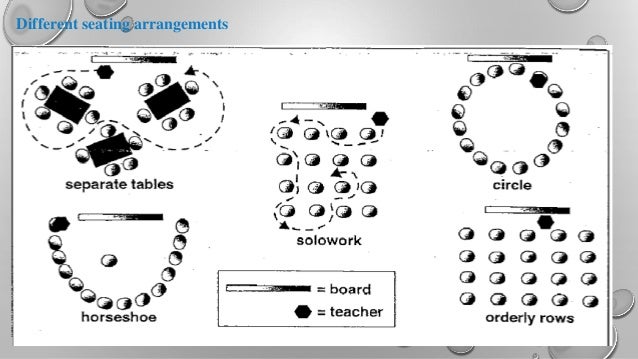

With this
being my last blog post, I thought that I would write about how I benefitted
from this course, and how I will apply what I have learned into my future
classroom. This will directly apply to
my last post; in which I wrote about how the classroom has changed
technologically over the years. In this
post, I will be writing about how I overcame some of my qualms about
technology, and what I will put to use for my students in the future.
One piece of
technology I really enjoyed was Edmodo.
I enjoy how it is in the simplest sense, Facebook for students. It has all the same features as Facebooks,
but without the negative aspects. For
example, there are no distracting posts or adds on the site. Also, the only posts that students can
directly comment on are the teacher’s.
In order to make a comment, students must create their own original post. The site can be used to show videos,
websites, pictures, etc. I like that it
is similar to Facebook because if students used the real thing, they would
become distracted by their own accounts and pages that were unrelated to the
work. I want to use Edmodo to continue
classroom discussion outside the classroom.
I can use this to post additional resources or get opinions from
students on assignments, lectures, videos, etc.
Something
else I learned in this course was how I can use my own voice for online
materials. I think there is something
very personal about hearing your instructor’s voice when you are not in the
classroom. The familiarity makes it seem
like your actual instructor is with you, giving you the confidence to learn
what is being taught online. If given a
random link created by an unknown, it seems like the teacher did not put much
effort into creating the supplemental material.
This is why I rely enjoyed the voicethread project. It was easy to post pictures, links, and
videos, and then comment on it with what I would say about it in person.
As I have
expressed in class, Google Tools has been my favorite tool that I have learned
about this year. The usefulness of
Google Docs and Google Sheets is evident in the way it is collaborative. Gone are the days in which PowerPoint
versions have to be emailed from group member to group member. These tools offer automatic saving, online
chat, and online publishing. My favorite
feature is the automatic citation service in MLA, APA, and Chicago Style. It has already saved me hours of time since I
have learned it from class. Google Forms
was also fun for me. I loved creating
quizzes that way. I am just so thrilled
that from now on, whenever I am told to present a project for class, I will not
automatically resort to the tired, old PowerPoint presentation.

Sources:
http://www.edison.k12.nj.us/Page/6419
https://cit.duke.edu/blog/2010/01/ddi-voicethread-pilot-open-to-duke-community-during-spring/
http://www.pcworld.com/article/2014257/10-great-google-tools-you-need-in-your-business-workflow.html







